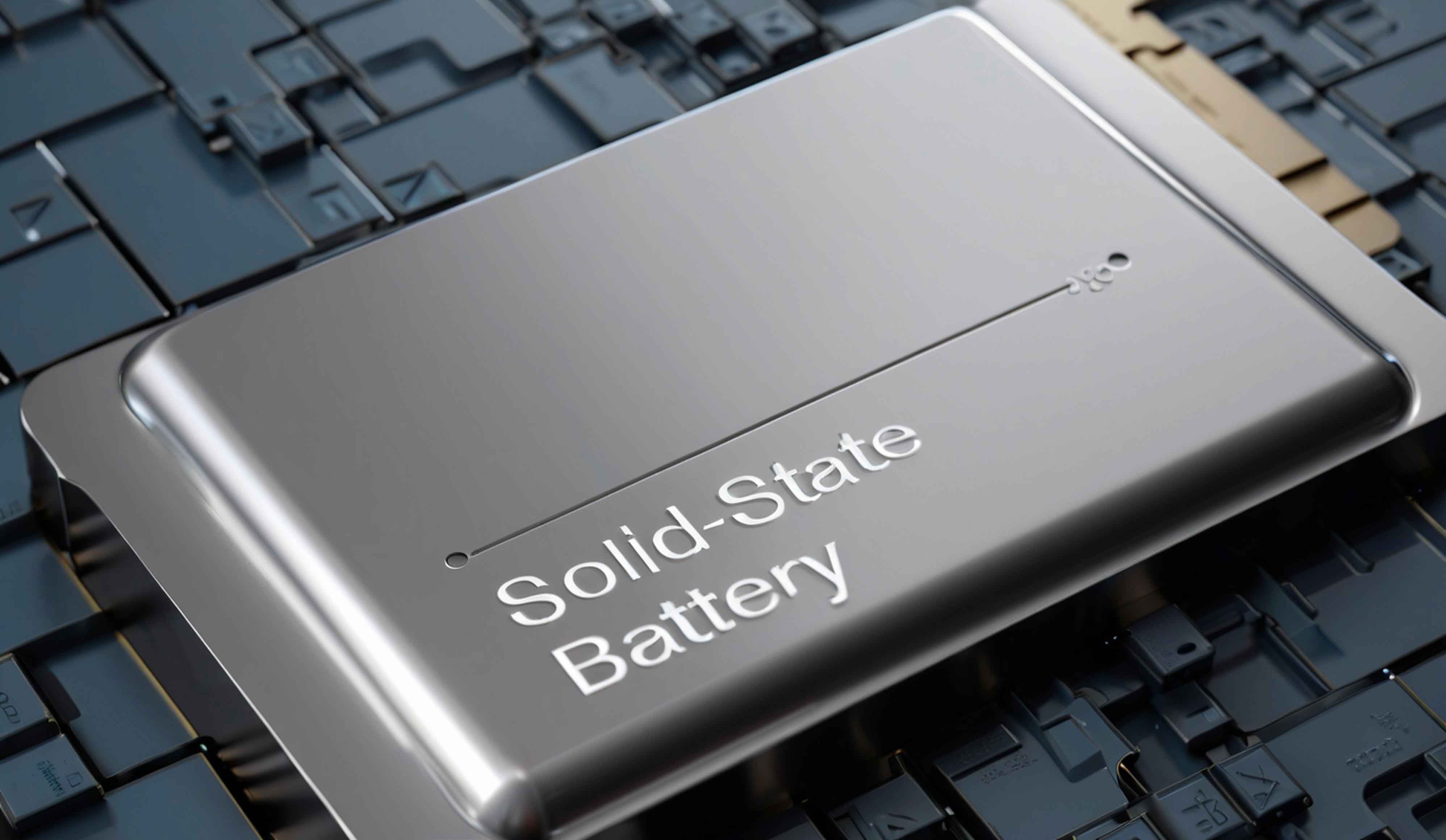The rapid evolution of energy storage technologies has positioned solid-state battery as a transformative solution for next-generation applications, including electric vehicles (EVs), consumer electronics, and grid-scale energy storage. This article delves into the technical, economic, and industrial dynamics of integrating pouch packaging with solid-state battery, offering insights into their compatibility, challenges, and commercial prospects.

1. Technical Compatibility Between Pouch Packaging and Solid-State Battery
1.1 Structural Synergy
Pouch packaging, primarily using aluminum-plastic (Al-plastic) laminate films, exhibits exceptional compatibility with solid-state battery. The Al-plastic film comprises three layers:
- Outer nylon layer: Provides mechanical strength and abrasion resistance.
- Middle aluminum foil layer: Acts as a barrier against oxygen and moisture ingress.
- Inner heat-sealable layer: Ensures hermetic sealing to maintain internal stability.
For solid-state battery, which rely on moisture-sensitive solid electrolytes (e.g., sulfides, oxides), the Al-plastic film’s barrier properties are critical. Even trace moisture (<10 ppm) can degrade ionic conductivity and safety. Pouch packaging mitigates this risk, ensuring long-term reliability.
Advantages Over Traditional Encapsulation:
- Lightweight Design: Al-plastic films reduce battery weight by 20–40% compared to metal casings.
- Volume Accommodation: Silicon-carbon anodes in solid-state battery undergo >300% volume expansion during cycling. The flexibility of pouch packaging absorbs mechanical stress, preventing structural degradation:
ϵ=ΔLL0×100%ϵ=L0ΔL×100%
Where ϵϵ is strain, ΔLΔL is dimensional change, and L0L0 is the original length.
- Thermal Stability: Solid electrolytes (e.g., Li77La33Zr22O1212) exhibit higher thermal stability (>200°C) than liquid electrolytes, reducing dependency on complex cooling systems.
1.2 Manufacturing Process Optimization
The assembly of solid-state battery demands precision to ensure solid-solid interfacial contact. Key processes include:
a. Stacking vs. Winding
- Winding: Causes electrode coating delamination at bends, creating voids incompatible with brittle solid electrolytes.
- Stacking: Enables uniform layering of electrodes and solid electrolyte films, minimizing interfacial resistance (RinterfaceRinterface):
Rtotal=Rbulk+RinterfaceRtotal=Rbulk+Rinterface
b. Hot-Pressing
Post-stacking, hot-pressing under controlled temperature (TT) and pressure (PP) enhances interfacial adhesion:σ=FAσ=AF
Where σσ is interfacial stress, FF is applied force, and AA is contact area.
Table 1: Process Parameters for Solid-State Battery Assembly
| Parameter | Optimal Range | Impact on Performance |
|---|---|---|
| Temperature (TT) | 80–120°C | Promotes polymer adhesion |
| Pressure (PP) | 5–15 MPa | Reduces interfacial gaps |
| Duration (tt) | 30–120 seconds | Ensures uniform bonding |
2. Industrial Chain and Commercialization Progress
2.1 Leading Enterprises and Strategic Layouts
Major players are accelerating R&D and production timelines for pouch-encapsulated solid-state battery:
- SVOLT Energy: Plans to validate pouch-based solid-state prototypes by 2025.
- BYD: Targets 2026–2027 for EV integration, leveraging vertical supply chain integration.
- CATL: Exploring hybrid designs combining pouch packaging with sulfide electrolytes.
Market Forecast: Global shipments of solid-state battery is projected to exceed 614 GWh by 2030, with pouch packaging capturing >40% share.
2.2 Material Innovations and Localization
Al-Plastic Film Supply Chain:
- Domestic Progress: Chinese firms like Zijiang New Materials now hold 16.3% of the domestic market, reducing reliance on Japanese suppliers (e.g., DNP).
- Cost Reduction: Al-plastic film prices dropped from ¥30.5/m² (2022) to ¥14/m² (2024), slashing cell-level costs by 38.6%.
Table 2: Cost Comparison of Encapsulation Materials
| Material | Cost per Cell (¥) | Weight per Cell (g) | Energy Density (Wh/kg) |
|---|---|---|---|
| Aluminum Casing | 4.06 | 175.18 | 250–300 |
| Al-Plastic Film | 2.49 | 98.75 | 320–380 |
3. Cost Challenges and Economies of Scale
3.1 Cost Drivers
- Materials: Sulfide electrolytes (e.g., Li22S-P22S55) cost >¥5M/ton.
- Manufacturing: High-precision stacking and hot-pressing require capital-intensive equipment.
3.2 Scaling Effects
Mass production (>10 GWh/year) can reduce costs through:
- Bulk Material Procurement: Lowering sulfide electrolyte prices by 20–30%.
- Automation: Improving yield (YY) from 70% to >90%:
Y=NgoodNtotal×100%Y=NtotalNgood×100%
Table 3: Projected Cost Reduction Pathways
| Factor | 2025 Estimate | 2030 Target | Reduction (%) |
|---|---|---|---|
| Material Costs | ¥1.2/Wh | ¥0.8/Wh | 33.3 |
| Production Efficiency | 65% | 85% | 30.8 |
| Energy Density | 300 Wh/kg | 450 Wh/kg | 50.0 |
4. Future Outlook and Strategic Recommendations
The synergy between pouch packaging and solid-state battery is poised to redefine energy storage markets by 2030. Critical steps include:
- Standardizing Interfaces: Uniform electrode-electrolyte interfaces to minimize RinterfaceRinterface.
- Accelerating Localization: Scaling domestic Al-plastic film production to cut costs.
- Cross-Industry Collaboration: Integrating battery makers, material suppliers, and OEMs to streamline innovation.
Conclusion:
Pouch packaging addresses the intrinsic challenges of solid-state battery, offering lightweight, flexible, and scalable solutions. While cost and technical hurdles persist, concerted efforts across the value chain will unlock their full potential, driving the global transition to sustainable energy systems.
